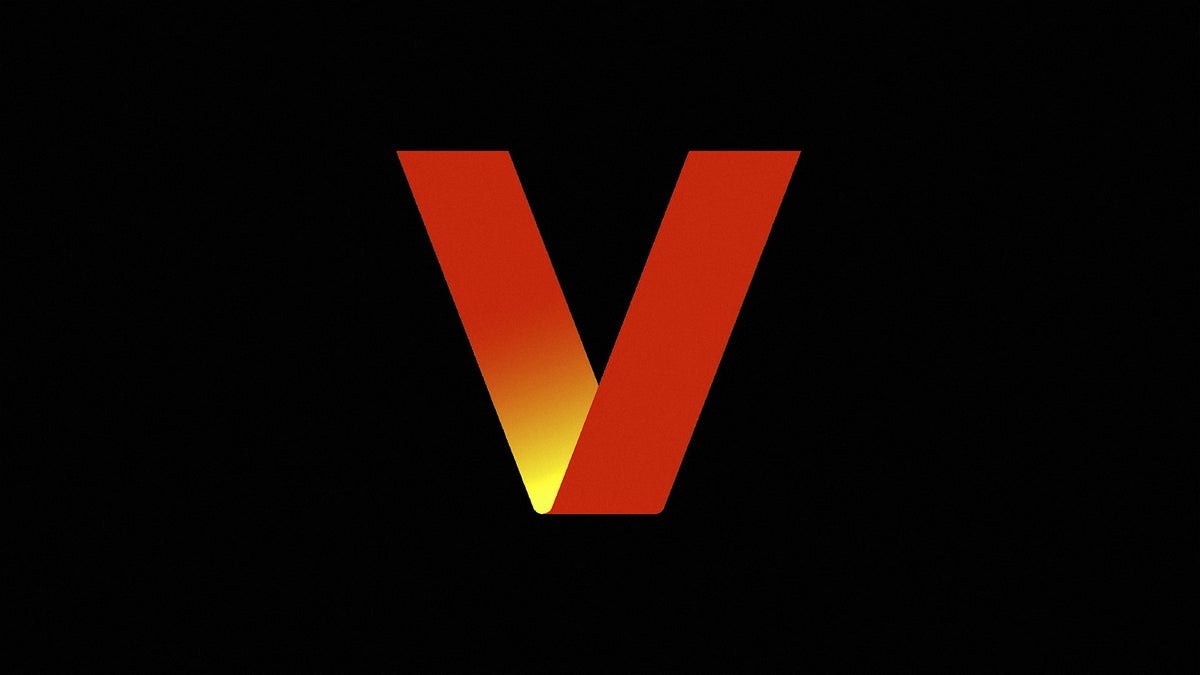Training large models of artificial intelligence consumes so much energy that technology companies are “appropriate” of nuclear power plants.
Goal saves a nuclear power plant. Meta, the Facebook, Instagram and WhatsApp matrix, has just signed an agreement that symbolizes paradigm shift. The company led by Mark Zuckerberg has saved a nuclear power plant that had the days of a 20 -year contract.
Constellation Energy Corp., the largest nuclear operator in the United States, will supply 1,121 megawatts of energy from its Central de Clinton, in Illinois, directly to the target data centers. The contract will begin in mid -2027 and will be in force until 2047.
It is not a casual date. 2027 is when the state subsidy that kept the Clinton nuclear power plant. To understand it you have to rewind 10 years until 2017. At that time, the Clinton Power Station, like so many other nuclear centrals in the US, was on the tightrope.
Unable to compete with the low prices of natural gas and the rise of renewables, its then owner, Exelon, threatened to close it. Only an intervention on the edge From the Illinois government, which approved a 10 -year subsidies package, the oxygen ball it needed.
A Big Tech knocked on the door. Finally, it will be a technological giant, in full boom of generative artificial intelligence, which stays with the Illinois Central. Total goal consumption has been quasite between 2019 and 2023. Training and operating generative AI models requires giant data centers working at full performance 24 hours a day.
This is where the main weakness of renewable energy sources is shown, such as photovoltaic or wind solar: despite being a key piece of the stark strategy of technology companies, their intermittency makes them an insufficient option. Nuclear energy, with a massive and stable supply, complete the puzzle allowing companies to maintain their commitments to be neutral in carbon emissions.
Goal is not alone. The goal is the last one, but it is not an isolated case. Rather, it is the confirmation of a strategic trend that has been consolidated in the last two years. Technological giants have gone from signing energy purchase agreements with renewables to actively seek the stability of atomic energy.
In a movement similar to the Meta, Microsoft signed an agreement with Constellation last year to reactivate reactor 1 of the Three Mile Island plant (famous for the accident of its reactor 2). The Central, which had been closed in 2019, now feeds the Azure data centers for AI.
Amazon Web Services has moved directly to a nuclear power plant. In March 2024, it bought for 650 million dollars a gigantic data center adjacent to the Susquehanna plant, in Pennsylvania. The agreement guarantees 960 MW of direct energy for its AI operations.
Imagen | Constellation Energy, Mark Zuckerberg (Facebook)
In WorldOfSoftware | Japan’s energy gauge: after trying to become independent from its nuclear, it has had to back down











